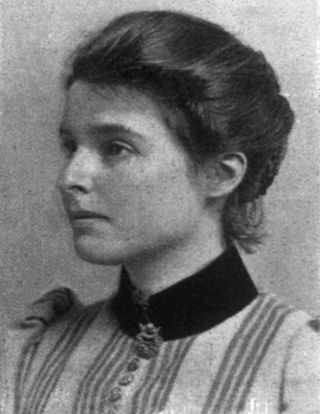
Martha Beatrice Webb, Baroness Passfield, was an English sociologist, economist, feminist and social reformer. She was among the founders of the London School of Economics and played a crucial role in forming the Fabian Society. Additionally, she authored several popular books, with her most notable being The Co-operative Movement in Great Britain and Industrial Democracy, co-authored by her husband Sidney Webb, where she coined the term "collective bargaining" as a way to discuss the negotiation process between an employer and a labor union. As a feminist and social reformer, she criticised the exclusion of women from various occupations as well as campaigning for the unionisation of female workers, pushing for legislation that allowed for better hours and conditions.
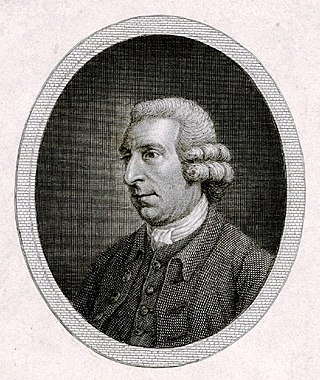
John Scott, known as Scott of Amwell, was an English landscape gardener and writer on social matters. He was also the first notable Quaker poet, although in modern times he is remembered for only one anti-militarist poem.

Much Marcle is a village and civil parish in Herefordshire, England, located 7 miles (11 km) north-east of Ross-on-Wye. The 2011 Census recorded the parish's population as 660. The name Marcle comes from the Anglo-Saxon word for a boundary field, mearc-leah. Much, in this case, means large or great, from the Middle English usage of the word.

Sewerby Hall is a Grade I listed Georgian country house set in 50 acres (20 ha) of landscaped gardens in the village of Sewerby, 2 miles (3.2 km) from the seaside town of Bridlington in the East Riding of Yorkshire, England.

Pontrobert is an ecclesiastical parish that was formed in September 1854. It comprises the townships of Teirtref and part of Nantymeichiaid in the parish Meifod, a portion of Cynhinfa which was in the parish of Llangynyw and portions of the townships of Fachwel, Llaethbwlch and Cadwnfa which were in the parish of Llanfihangel. The total area of this parish is 5,000 acres. As a result of this arrangement, Pont Robert is now divided between the present day Community Councils of Meifod, Llangyniew and Mawddwy. Pontrobert was within the historic county of Montgomeryshire, now forming part of Powys. The name Pontrobert is derived from Robert ap Oliver of Cyhinfa, who built the original bridge over the River Vyrnwy around 1700. An alternative Welsh name for Pontrobert is Pont y ddolfeiniog.
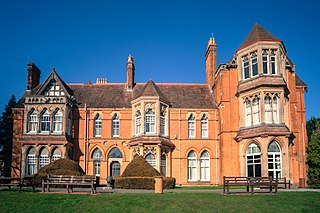
Highbury Hall, now a Grade II* listed building, was commissioned as his Birmingham residence by Joseph Chamberlain in 1878, two years after he became member of parliament for Birmingham. It took its name from the Highbury area of London, where Chamberlain had lived as a child. The architect was John Henry Chamberlain, who incorporated much terracotta decoration.

East Rounton is a village and civil parish in the Hambleton District of North Yorkshire, England. It is about 1 mile (1.6 km) west of the A19 and 8 miles (13 km) north-east of Northallerton. It is on the River Wiske and West Rounton is nearby. The population taken at the 2011 Census was less than 100. Details are included in the civil parish of West Rounton.

Skegby is a village in the Ashfield district of Nottinghamshire, England. It lies on the B6014 road, two miles west of Mansfield and one mile north of Sutton-in-Ashfield, close to Stanton Hill. Skegby sits on both sides of a deep valley near the source of the River Meden. It was a civil parish until 1935, when it was absorbed into Sutton-in-Ashfield.
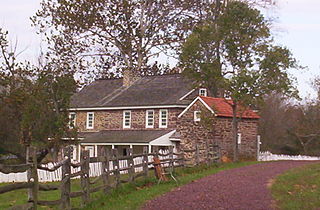
The Daniel Boone Homestead, the birthplace of American frontiersman Daniel Boone, is a museum and historic house that is administered by the Friends of the Daniel Boone Homestead near Birdsboro in Berks County, Pennsylvania. It is located on nearly 600 acres (2.4 km2) and is the largest site owned by the Pennsylvania Historical and Museum Commission. The staff at Daniel Boone Homestead interpret the lives of the three main families that lived at the Homestead: the Boones, the Maugridges and the DeTurks. The park is just off U.S. Route 422 north of Birdsboro in Exeter Township.

Rydal Hall is a large detached house on the outskirts of the village of Rydal, Cumbria, in the English Lake District. It has an early nineteenth-century front facade, but includes some earlier fabric.

Trevalyn Hall in Rossett, a Grade II* listed building, is an Elizabethan manor house near Wrexham in Wales. It was built by John Trevor in 1576. The Trevor family of Trevalyn were one of the leading families in East Denbighshire by about 1600 with numerous estates in both Flintshire and Denbighshire. The Plas Teg estate in Hope, Flintshire was also acquired by the Denbighshire branch of the family when it was purchased from a cousin by Sir John Trevor I (1563–1630) and it was he who built the present Plas Teg house in 1610.

Calder Vale is an English village, located on the edge of the Forest of Bowland in Lancashire. It lies on the River Calder in a deep valley with only a single cul-de-sac providing vehicular access. The name Calder is thought to be derived from the Old Norse kaldr, which means "cold".

Ballitore is a village in County Kildare, Ireland, sometimes spelt as Ballytore. It is noted for its historical Quaker associations. It was the first planned Quaker village in either England or Ireland - and remains the only one in Europe.

Blackwell is a large house in the English Lake District, designed in the Arts and Crafts style by Baillie Scott. It was built in 1898–1900, as a holiday home for Sir Edward Holt, a wealthy Manchester brewer. It is near the town of Bowness-on-Windermere with views looking over Windermere and across to the Coniston Fells.

The Point is one of the oldest neighborhoods in Newport, Rhode Island and has one of the highest concentrations of colonial houses in the United States. The neighborhood sits between Washington Street and Farewell Street/America's Cup in Newport looking out on Goat Island, former home to the U.S. Naval Torpedo Station.
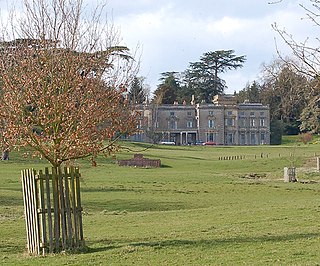
Shuckburgh Hall is a privately owned country house mansion at Lower Shuckburgh, Warwickshire, near to Daventry in Northamptonshire.

Hardwick House was a manor house near Bury St Edmunds, Suffolk, owned by Sir Robert Drury, Speaker of the House of Commons, of Hawstead Place. It was subsequently purchased in the seventeenth century by Royalist Thomas Cullum, a former Sheriff of London. Experts in Suffolk county history as well as noted authorities in antiquarian and botanical matters, the Cullum family of eight successive baronets authored works on the county and its fauna and flora. Sir Thomas Gery Cullum (1741–1831), a Charterhouse graduate, medical doctor and member of the Royal Academy and the Linnean Society, was a well-regarded author on science and botany.

Schloss Rosenau, called in English The Rosenau or Rosenau Palace, is a former castle, converted into a ducal country house, near the town of Rödental, formerly in Saxe-Coburg, now lying in Bavaria, Germany.
Monkhouse Davison (1713–1793) was the senior partner in one of the leading grocers in 18th century London, Davison Newman and Co., that imported a wide range of produce including tea, coffee, sugar and spices. The company is best known today for the disposal of chests of its tea in the Boston Tea Party at the start of the American Revolution. Products branded with the company name are still being sold, over 360 years after its foundation.

The No-Conscription Fellowship was a British pacifist organisation which was founded in London by Fenner Brockway and Clifford Allen on 27 November 1914, following a suggestion by Lilla Brockway, after the First World War had failed to reach an early conclusion. Other prominent supporters included John Clifford, Bruce Glasier, Hope Squire, Bertrand Russell, Robert Smillie and Philip Snowden.























